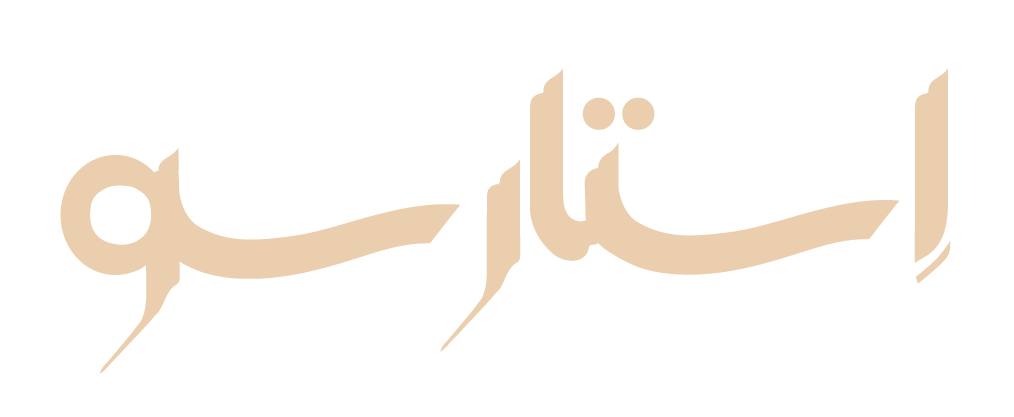Qaemshahr is a city in Mazandaran province, Iran, that is known for its rich and diverse flora. The city is located in a lush green plain, near the Caspian Sea and the Alborz mountains. The climate is humid and temperate, with four distinct seasons. These factors create a favorable environment for various types of plants, both native and introduced. Some of the most common plants in Qaemshahr are:
– Rice
Rice is the main crop cultivated in Qaemshahr, as well as other parts of Mazandaran. The rice fields cover large areas of the plain, creating a scenic landscape. Rice is harvested in late summer or early autumn, and is used for food, animal feed, and other products. Some of the varieties of rice grown in Qaemshahr are “Tarom”, “Hashemi”, “Fajr” , and “Domsiah” .
– tea
Tea is another important crop grown in Qaemshahr, especially in the higher altitudes of the plain. The tea plantations are green and fragrant, and produce high-quality tea leaves that are processed locally or exported. Tea is a popular drink in Iran, and is often served with sugar, lemon, or mint. Some of the types of tea produced in Qaemshahr are “black tea”, “green tea”, “oolong tea”, and “herbal tea” .
– Citrus
Citrus fruits, such as oranges, lemons, limes, and grapefruits, are widely cultivated in Qaemshahr, thanks to the mild and sunny climate. The citrus orchards are colorful and aromatic, and provide fresh and juicy fruits for consumption or trade. Citrus fruits are rich in vitamin C and antioxidants, and are used for making juice, jam, candy, and other products. Some of the species of citrus grown in Qaemshahr are “Citrus sinensis”, “Citrus limon”, “Citrus aurantifolia”, and “Citrus paradisi” .
– Flowers
Qaemshahr is also home to many beautiful and fragrant flowers, such as roses, lilies, tulips, hyacinths, and jasmine. The flowers are grown in gardens, parks, or greenhouses, and are used for decoration, perfume, or medicine. Some flowers, such as roses and jasmine, are also distilled to make rose water and jasmine oil, which are widely used in Iranian cuisine and culture. Some of the genera of flowers found in Qaemshahr are “Rosa”, “Lilium”, “Tulipa”, “Hyacinthus”, and “Jasminum” .
– Trees
Qaemshahr has a variety of trees, both deciduous and evergreen, that add to the beauty and diversity of the city. Some of the most common trees are poplars, willows, maples, walnuts, almonds, and pines. The trees provide shade, wood, nuts, and fruits, and also support the wildlife and ecology of the city. Some of the species of trees seen in Qaemshahr are “Populus alba”, “Salix babylonica”, “Acer platanoides”, “Juglans regia”, “Prunus dulcis”, and “Pinus brutia”.
These are some of the plants that can be found in Qaemshahr, but there are many more that are not mentioned here. Qaemshahr is a city that celebrates its natural heritage and respects its environment. The plants of Qaemshahr are a source of pride, joy, and livelihood for its people.
Qaemshahr is not only a city of plants, but also a city of culture, history, and industry. The city has many historical and cultural attractions, such as the tomb of Sheikh Tabarsi, a religious leader who led a revolt against the Qajar dynasty in the 19th century¹, the Qaemshahr Museum, which displays artifacts and documents related to the city’s past², and the Qaemshahr Grand Mosque, which is one of the largest and oldest mosques in the province. The city is also a hub of industry and commerce, with many factories and businesses producing and trading goods such as textiles, ceramics, food, and machinery. Qaemshahr is a city that combines the beauty of nature with the achievements of human civilization. It is a city that deserves to be visited and appreciated by anyone who loves plants and culture.
